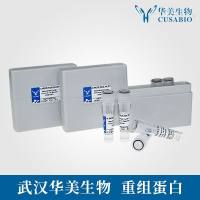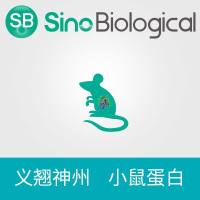Detection of Docosahexaenoic Acid Hydroperoxides in Retina by Gas Chromatography/Mass Spectrometry
互联网
互联网
相关产品推荐

Mucinase StcE,重组, mass spec suitable, from EHEC, powder,阿拉丁
¥3129.90
![DKFZ-PSMA-11,4,6,12,19-Tetraazadocosane-1,3,7-tricarboxylic acid, 22-[3-[[[2-[[[5-(2-carboxyethyl)-2-hydroxyphenyl]methyl](carboxymethyl)amin](https://img1.dxycdn.com/p/s14/2025/1009/171/0405943971658126791.jpg!wh200)
DKFZ-PSMA-11,4,6,12,19-Tetraazadocosane-1,3,7-tricarboxylic acid, 22-[3-[[[2-[[[5-(2-carboxyethyl)-2-hydroxyphenyl]methyl](carboxymethyl)amin
¥1530

NRL/NRL蛋白Recombinant Human Neural retina-specific leucine zipper protein (NRL)重组蛋白NRL (D14S46E)蛋白
¥1836

DAR-4M AM,A cell-permeable, photo-stable nitric oxide (NO) fluorescent indicator with a detection limit of ~10 nM.,阿拉丁
¥8797.90

GAS6重组蛋白|Recombinant Mouse GAS6 Protein (His Tag)
¥2310

